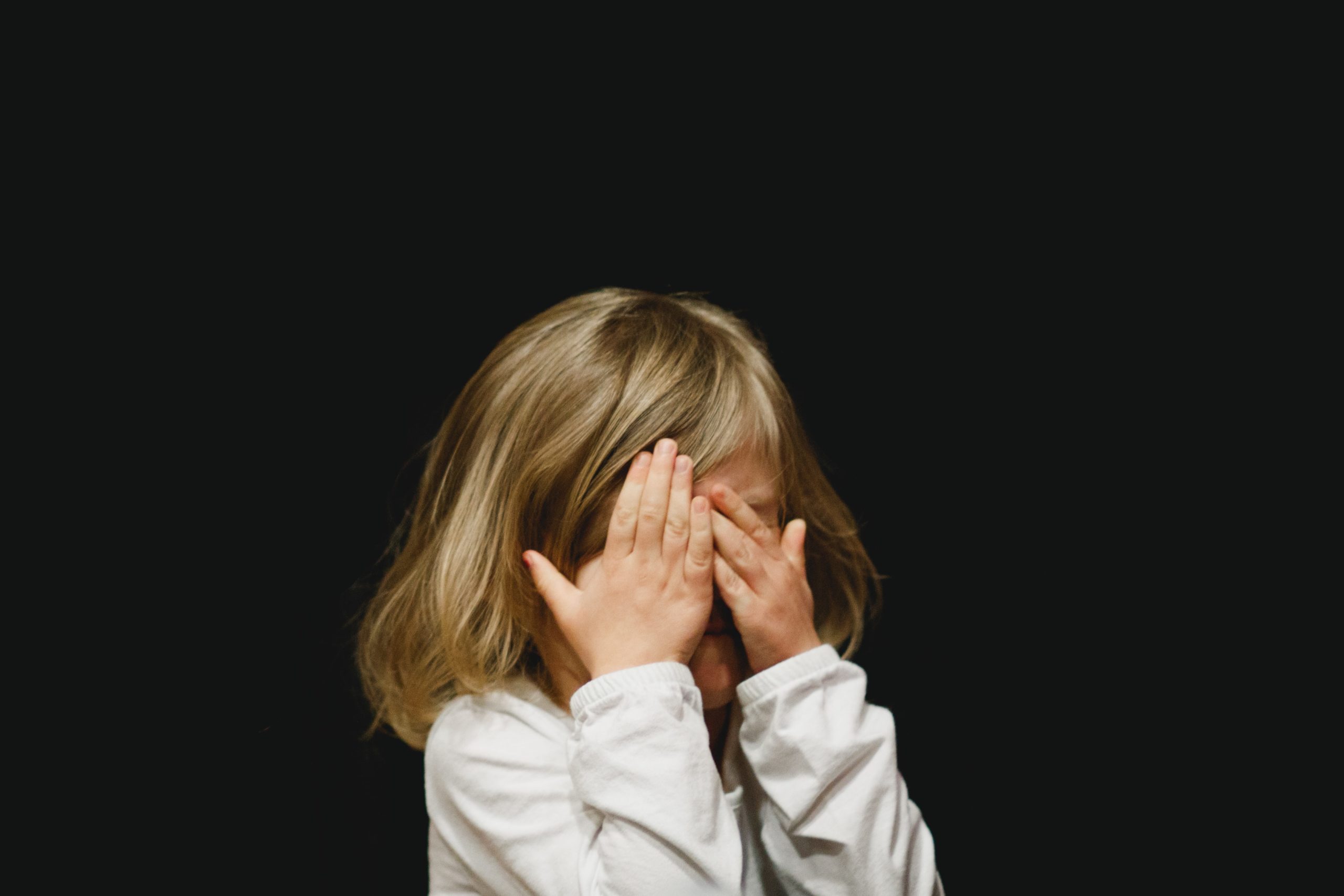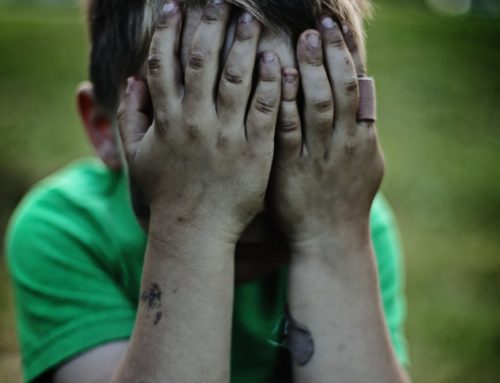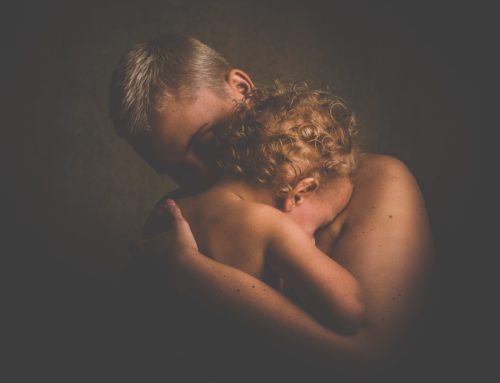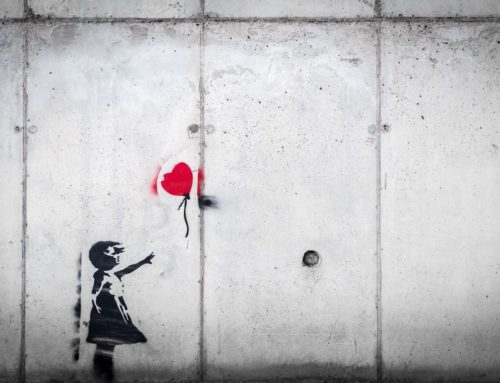When Your Child Feels Anxious.
It can be difficult to identify the difference between anxiety and feeling nervous before a big event, or even excited when starting a new life adventure. Anxiety is a different experience in that our bodies tend to react and respond with discomfort. Not all anxiety is bad because it can be a warning sign that we may be at risk.
But for those with an Anxiety Disorder, that on-edge feeling or worry happens frequently and leaves the body fatigued, stressed, and malnourished. Children are no different; their bodies experience anxiety and feelings just like adults. The difference being that they don’t know the words to describe what is happening. Children don’t have the insight to know their triggers to anxiety or how to cope with the stress it wreaks on their bodies. They just know that they feel uncomfortable.
What can cause Anxiety? There are certain factors that can contribute to this:
- Biological factors such as family genes and the way the brain is wired
- Psychological factors such as temperament, coping strategies, and learned responses
- Environmental factors such as anxious parenting, early childhood experiences, or even a visually “loud” environment that could lead to stress
- Side effect of prescriptions or too much caffeine intake
Two common types of anxiety that occur in children are Separation Anxiety and Social Anxiety. The symptoms of Separation Anxiety present when a child refuses to attend school or events without their parents present. They even miss out on sleepovers or play dates over fear that bad things will happen to them or their loved ones while separated. If a child worries about being embarrassed or fears judgement from peers, then they could be experiencing Social Anxiety. This form shows up as a strong fear of social situations because of self-consciousness around others.
So how can parents tell the difference between situational stress and actual anxiety? Children will display changes in behavior. Look for these signs or shifts in their habits:
5 SIGNS OF ANXIETY IN KIDS:
Clingy Behavior
Suddenly, your little one becomes your shadow. They always want to be close or to be held. Or, sometimes they will want a “safety item” that may not seem age appropriate. Avoiding separation from you may be their way of expressing anxiety.
Easily Startled
Does your child jump at sounds? Or do they seem to be on high alert? This could be a physical symptom of anxiety which can lead to fatigue and stress.
Meltdowns
This manifests through crying or tantrums that occur often. And crying is not due to an injury. It can be tempting to mistake anxiety for “bad” behavior. Frequent meltdowns and tears are the language a child has to express their emotions. They may be trying to tell you that they feel scared, confused, or overwhelmed.
Bedtime Struggles
Another physical symptom of anxiety manifests through poor sleep. This shows up as restless sleep, or sleeping but waking up still looking tired. Exhaustion makes everything a struggle- for kids and parents!
Aches & Pains
Your child complains of headaches or stomachaches. GI issues are common ways our body “feels” anxiety. Their tummies literally feel discomfort. If there are no other signs of illness, this could be a sign that your child has anxiety.
It can be difficult for families when a child feels anxious. It’s normal to feel helpless, compassion, and frustrated all at once when a child is struggling with anxiety. There are things parents can do. Follow these tips to help your child with their anxiety:
3 TIPS FOR PARENTS:
Food
Food intake plays a role in our mood. Are they eating healthy? Offer snacks with substance. Too many sugary snacks can lead to hyperactivity and the “jitters,” similar to too much caffeine. A healthy snack can also calm the nerves and help children focus on identifying their feelings. Have you ever tried to do hard “mental” task on an empty stomach? It’s tough!
Environment
Calm down the environment by keeping a tidy home. Encourage children to clean their rooms to help their space feel safe and calm. Clutter, bright colors, and “visual noise” can make children feel alert and lead to hyperawareness. This can be good for some, but it’s not necessarily good for children struggling with anxiety.
Transitions
Learning to prepare for the day and transition into the next activity can help tremendously with anxiety. Preparation and time to process is essential to prevent tantrums and outbursts. For example, have you ever been typing an email or doing the dishes (hard at work, focusing…) and then you have to abruptly move to a different task? It can be frustrating. But imagine if you got a “5 minute alert.” Wouldn’t that be a little better? Providing children with a “5-minute alert, can help them know what to expect. For examples: “We have to go eat dinner in about 5 more minutes. 5 minutes of play time, then we have to leave.”
If you or a loved one is in need of support, Low Country Counseling offers specialized therapy for Individuals, Moms, Couples, Families, Children, and Teens. Contact us for any questions you need answered or to schedule an appointment. Help is available. You are not alone!
Hope Starts HERE.






